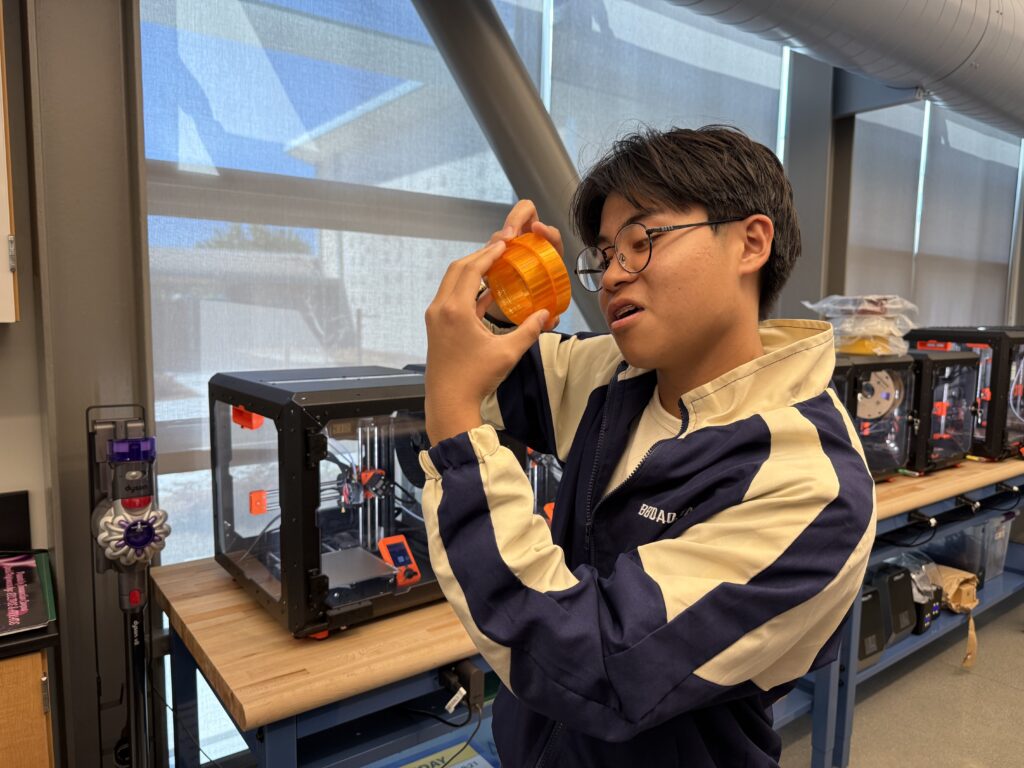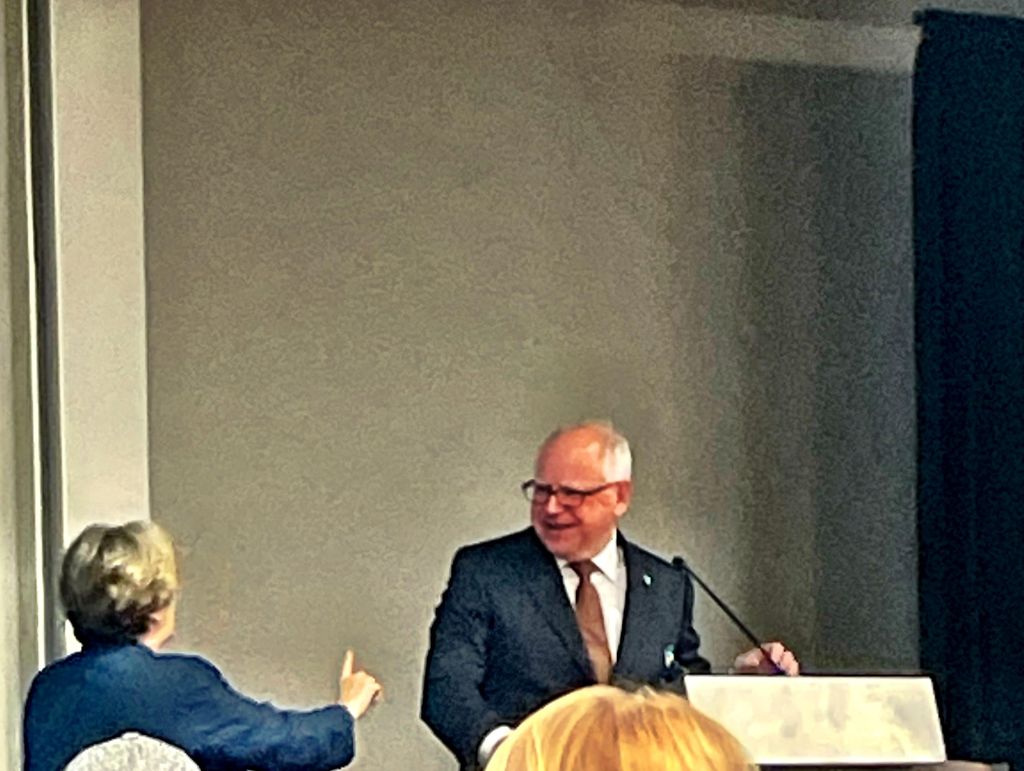The Covid-19 pandemic, which first shuttered schools five years ago, disrupted learning, disengaged students and harmed their mental health, amplifying the long-standing inequalities in their achievement.
Recovering from the effects of the pandemic has proven difficult for most California schools, and the challenges that defy easy fixes, such as chronic absenteeism, require partnerships with families, community members and organizations to develop support systems that will focus on student academic success, as well as a willingness to analyze and change those approaches, according to panelists at EdSource’s Thursday roundtable, “Five years after Covid: Innovations that are driving results.”
“The pandemic showed us that schools are so much more than just places to teach our students in the classroom,” said Lorena Solorio, associate director of the Care Corps Program at Rocketship Public Schools, a group of TK-5 charter schools, mostly in East San Jose, that enlisted care coordinators during the pandemic. “We have to support our students and their families to get them to school, but also that they’re prepared to learn because our students can’t learn if they’re coming to school hungry.”
While the pandemic is mostly defined by the personal loss and academic setbacks that most experienced, it presented opportunities for some communities to become creative and innovative in igniting change to improve the conditions that the pandemic magnified.
The policy and advocacy work of Oakland REACH, for instance, wasn’t improving student outcomes before the pandemic. The pandemic became an opportunity for the parent advocacy group to “build the solution around education that we really know that our families wanted and needed,” co-founder and CEO Lakisha Young, a panelist, said.
Oakland REACH created a virtual family hub that trained parents and caregivers to tutor their children in early literacy — “a model that takes parents off the sidelines and to the front lines in an academic way.”
“Parents set the tone for how kids decide they want to engage in education,” Young said.
After five weeks of remote learning with the virtual hub, long before anyone realized school closures would last for at least a year, students in grades K-2 saw significant gains, as 60% improved by two or more reading levels and 30% increased by three or more reading levels on Oakland Unified’s assessment.
Since the return to in-person learning, REACH has partnered with the school district to train parents, caregivers, and community members to go into classrooms as tutors teaching reading and math.
Rocketship Public Schools was inspired at the height of the pandemic to work directly with families and connect them with resources and services through care coordinators in all of its charter schools, according to Solorio.
The care coordinators, for example, connected families struggling with housing with community partners and hosted on-campus resource fairs and health, vision and dental screenings, referring students for additional services, as necessary, and allowing them to “show up and learn in the classroom,” Solorio said.
Today, the coordinators’ roles have expanded to help school leaders address chronic absenteeism.
“Helping support a culture of learning, a culture of coming to school is important,” Solorio said about coordinators helping families, “whether it’s changing mindsets or it’s driving out core root causes of some of these obstacles.”
Finding, providing and sustaining innovation
Districts have used one-time pandemic relief funding and/or their own resources to address the persistent challenges facing students during and since the pandemic, including the fact that California schools have more staff now than at any time in history.
Federal pandemic relief and recovery funds from the state put California’s spending at over $18,000 per student, said panelist Marguerite Roza, director of the Edunomics Lab, an education finance research center based at Georgetown University.
“While the state was seeing some growth in scores earlier in 2014, 2016, there’s some decline during the pandemic,” she said. “But the part that frustrates us, I think, is the continued decline, on average, even after these investments were happening.”
The high spending and low test scores make the state one of the nation’s worst in its “returns on investments,” the Edunomics Lab found.
There are districts, such as Compton and Milpitas Unified, that defy the average and show a rapid recovery for their students, Roza said.
Now, billions in pandemic-era funding have expired. California districts still have $6 billion in state funding to replace the federal relief, but as the Edunomics research shows, the spending alone won’t address student success. From now on, schools must know when to change their approach, panelists said.
Compton Unified exemplifies the importance of doubling down on a strategy that works. Compton Unified Superintendent Darin Brawley said that consistently assessing student performance to determine the academic strategies that schools use has led to the district being No. 1 in California in terms of growth in English and math test scores.
“We’re measuring everything,” including graduation rates, core graduation requirements and chronic absenteeism rates that are also improving, Brawley said. “It’s all about data: reflecting on that data, coming together as teams to reflect on how each individual school is doing, receiving that feedback.”
The common characteristic of districts nationwide that beat the odds for their kids, Roza said, is “they really focused on reading and math.”
Roza attributed the reading and math focus of Oakland REACH to its success.
Although the group will soon end its partnership with the district, Oakland Unified can continue the approach Oakland REACH started, much like 12 Denver schools recently did by replicating the model.
“REACH exists out of a problem,” Young said about not knowing if the literacy and math it brought into the homes of low-income families would work, at first. Whether we think something is good or not, let’s test it. We cannot be so vulnerable to system disruption. When we’re vulnerable to disruption, our families are vulnerable to disruption.”
Panelists echoed the importance of finding a method that works — and being unafraid to try things.
“If it doesn’t work, you’ve got to try something else, including nontraditional strategies,” especially in addressing attendance, Roza said. “I think we hear from district leaders all the time: ‘I would love to do these great ideas, but we can’t because dot, dot…”
It’s that fear that leads to the status quo, Brawley said.
Cheryl Jordan, superintendent at Milpitas Unified, which developed an Innovation Campus that offers students real-world work and life experiences through internships, apprenticeships and project-based learning, said that it is only through looking at the opportunities that a crisis provides that schools and districts can “develop something that’s better and meets the needs of our learners in a way that is innovative and really excels them to become the leaders and creators of the future.”


